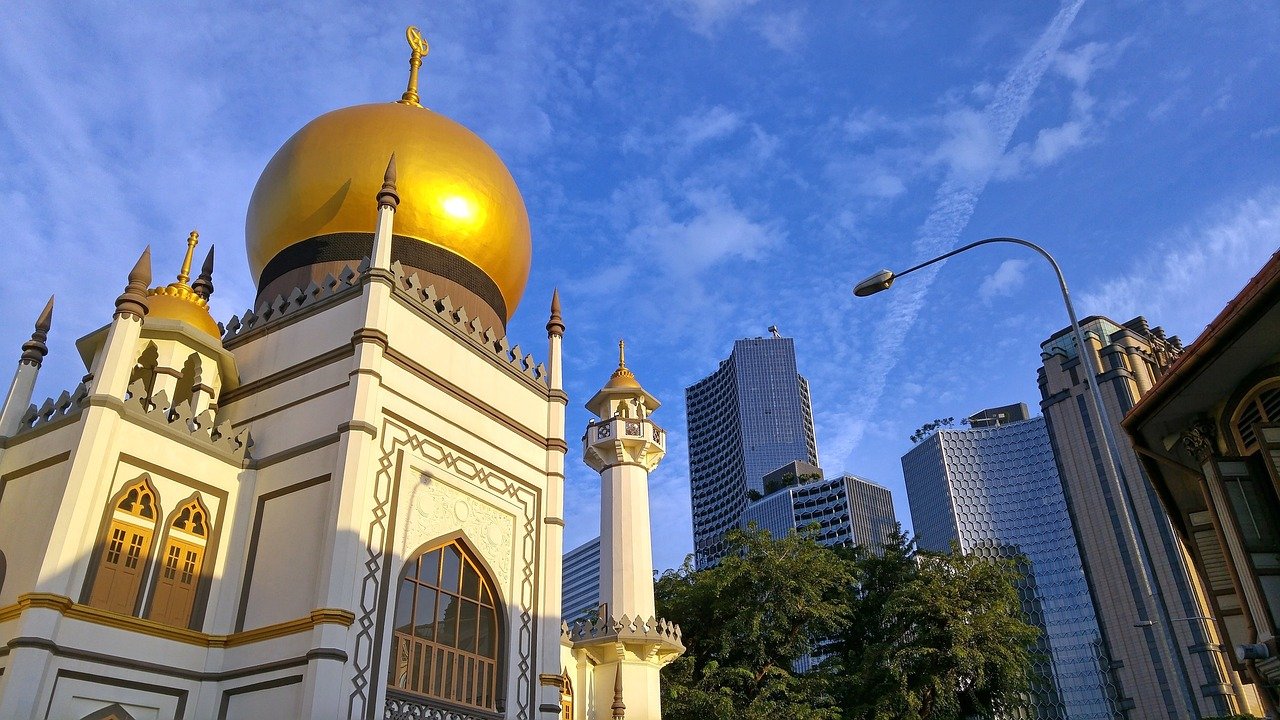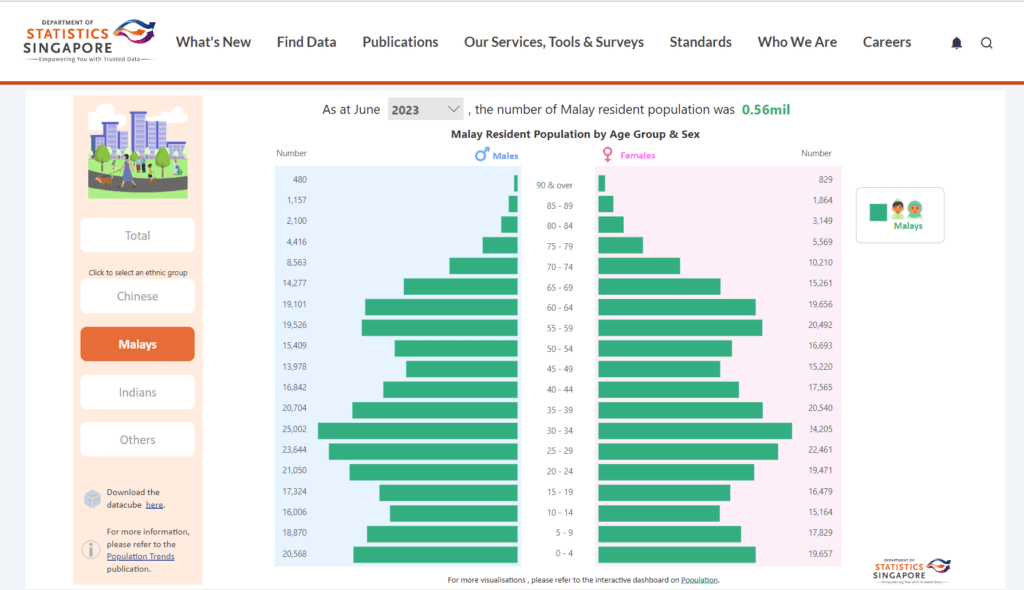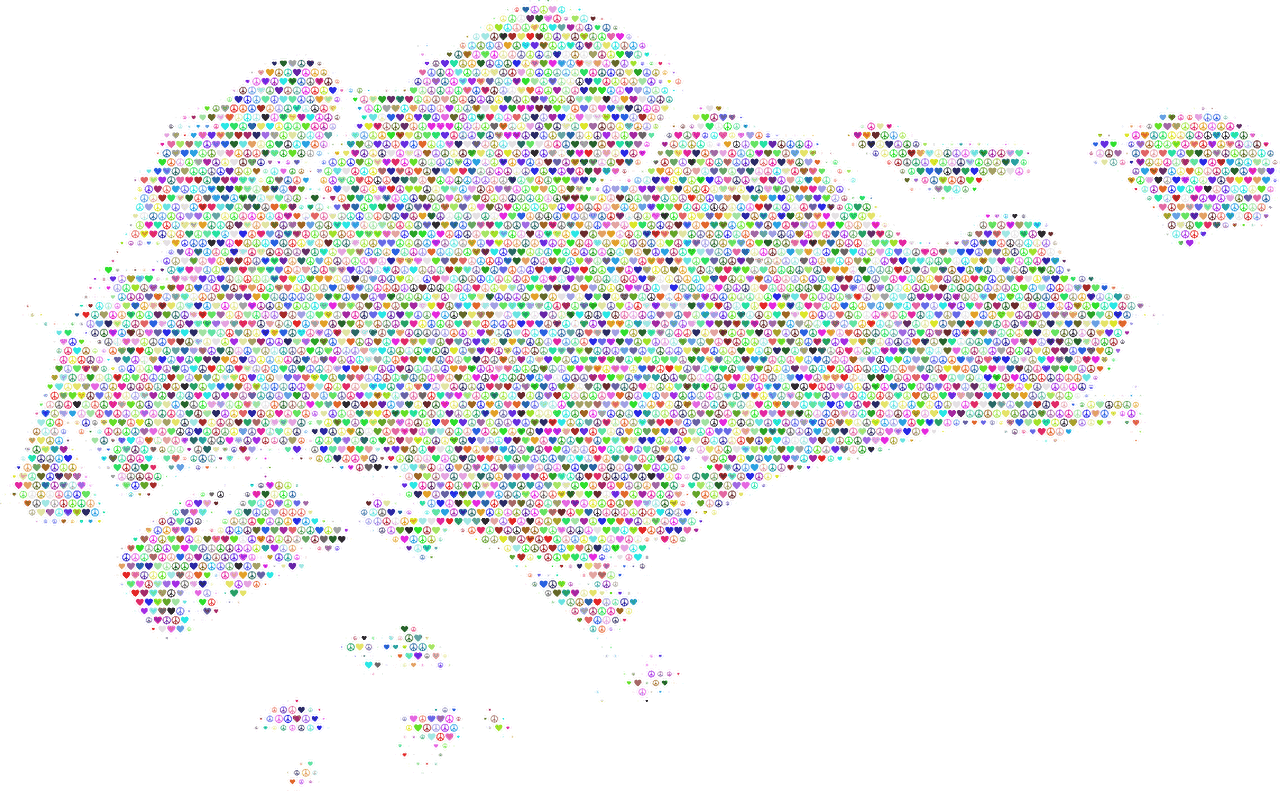
Why does comparing Singapore’s Population with the Malay Community matter? The Singapore Population boasts a rich tapestry of cultures, with the Malay community playing a vital role. Understanding the Ethnic Composition of Resident Population offers insights into business potential. The Malay community, making up about 13.6% of the population, presents unique opportunities. The Singapore Population and Population Structure reveal trends that businesses can tap into. Success stories from SMCCI show how cultural nuances can drive innovation. Exploring these dynamics helps you uncover untapped market potential.
Comparing Singapore’s Population with the Malay Community

General Population Statistics
Population Size and Growth
Let’s dive into the numbers. The Singapore Population stands at about 5.92 million as of June 2023. This figure includes citizens and permanent residents. Growth trends show a steady increase over the years. The focus on resident population highlights a unique demographic structure.
Ethnic Composition
The Ethnic Composition of Resident Population in Singapore reveals a vibrant mix. Chinese residents make up 75.9%, Malays account for 15.0%, and Indians represent 7.5%. This diversity creates a rich cultural tapestry. Each group contributes to the nation’s identity and economic landscape.
Malay Population Statistics
Malay Population Size and Growth
The Malay community plays a significant role in Singapore. Approximately 503,900 Malays were recorded in 2020. This group makes up about 13.4% of the total resident population. The Malay community shows consistent growth, reflecting its integral part in society.
Population Proportion
Understanding the proportion of the Malay community offers insights into societal dynamics. Malays constitute around 13.5% of Singapore’s total population. This percentage highlights their influence within the broader demographic framework.
Age Distribution and Trends
Age distribution within the Malay community presents interesting trends. As of June 2023, about 49.2 thousand Malays are aged between 30 to 34 years. This youthful segment indicates potential for future economic contributions. The Malay community’s age trends align with national patterns, emphasizing their role in shaping Singapore’s future.
Business Potential of the Malay Community

Digital Literacy Among Malay Consumers in Singapore
As of June 2023, the Malay resident population was estimated to be around 560,000 or 0.56 million. In Singapore, individuals must be at least 18 years old to establish a sole proprietorship or partnership for business purposes (this study considers those aged 20 and above). For simplicity’s sake, we define the oldest age group proficient in digital technology as Generation X, which includes individuals up to 59 years old. The total number of Malay consumers skilled in digital technology is approximately 135,451 males and 156,584 females, resulting in an overall count of about 292,035—approximately 52.14% of the entire Malay population.
Exploring the Education Market: Malay Children and Adults in Singapore
The education landscape for Malay consumers shows that there are 72,768 males and 108,567 females aged 0 to 19 years old, leading to a total of 181,335 children. For adults between the ages of 20 and 59, we can apply similar figures as mentioned earlier: approximately 135,451 males and 156,584 females. This brings the overall count for this age group to about 292,035. Businesses aiming at these specific groups in Singapore should consider the size and potential market for their products or services offered.
The Malay Demographic of Mothers Aged 20-39 in Singapore
In Singapore, mothers under 21 years old do not have access to public housing schemes. Consequently, for this study, we will consider the age range starting at 20 and ending at 39, as studies show that pregnancy after the age of 40 entails higher health risks. The total number of women in this demographic is 86,641. It’s crucial to recognize that not all these women may desire to become pregnant or have children. Therefore, businesses targeting mothers specifically in Singapore should be aware of the size and potential customer base for their products or services offered.
Conclusion
Understanding demographic insights unlocks business potential. The Malay community in Singapore offers unique opportunities. Businesses can tap into this vibrant segment. Demographic trends reveal market opportunities. Entrepreneurs can explore eco-friendly ventures and technology-based solutions. Cultural influences shape business practices. Traditional industries blend with modern innovations. These dynamics drive economic growth and innovation. Businesses can build lasting relationships with the Malay community. Tailored offerings resonate with consumers. Consider broader implications for society. Embrace the rich tapestry of cultures. Seize the moment to establish groundbreaking businesses. Make a positive impact on Singapore’s economy and society.


